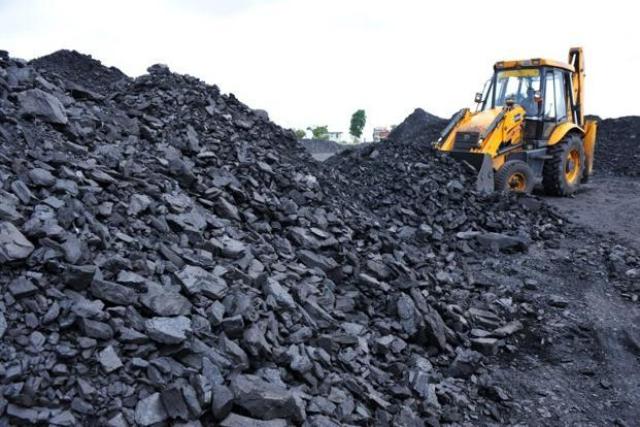How the use of polyacrylamide used in coal washing plants can be improved:
When the influence of handling coal washing plant wastewater is positive and often poor, is the substance not good, is there a consumer response precipitant PAM? For your reference, the following Liermei briefly summarizes the situation for you:
In the phase of coal wash, the use of anionic polyacrylamide for the treatment of coal wash water often works well, sometimes the result is not so strong. At this time, some consumers may believe that the consistency of our product is questionable, but it is not because polyacrylamide is not a panacea. Yes, one commodity can’t solve all the problems.
Different content of water includes different forms of polyacrylamide. That’s why we need to take mud samples for potential customers for study and experimentation. Now I’m going to summarize how to boost the effect of polyacrylamide.
1. The consistency of the coal has improved. This condition is very common particularly in some small coal-mining plants that do not have their own coal mines. The coal supply is not set. The coal is washed here today, and tomorrow is washed away from another spot. The consistency of the coal is somewhat different. There will be no effect or apparent effect on the resulting handling of coal wastewater.
To solve this problem, a small test must be performed in time to pick the required polyacrylamide when the above problems arise. Evitate causes that are not successful.
2. The volume of coal wash has changed, which is also normal. This is particularly the case in several massive coal washing plants. Development was continuous. During the meal cycle, particularly before the meal, the workers placed a large amount of coal on the production line in order to save even more trouble than regular production. There is of course, more water to wash these coals, which results in a rise in the volume of coal wash water. However in the handling of these wastewaters, the quantity of chemicals applied remains constant, which ensures that the added chemicals do not fully flocculate in the coal wastewater treatment system. The suspended particles, the effluent, are black and turbid.
3. It’s pretty straightforward to solve this dilemma. The easiest approach is to control the activity of employees so that everybody can operate on the basis of production specifications. Then there is a difficulty, it also raises the volume of polyacrylamide, so that it can flocculate completely.
4.The output volume exceeds the design capability of the thickening tank and of the filter press. This is very popular in some of the coal washing plants. In the first few hours of coal wash, coal wash water may have an impact. The longer the time to wash, the worse the effect. Clean water is used at the beginning of the coal washing process. The coal slurry concentration is minimal, so it’s easy to treat. If the volume of coal wash increases, the sludge deposited at the bottom of the thickening tank cannot be filtered in time, and a significant quantity of it is collected at the bottom of the thickening tank. Coal wash is still ongoing, and a substantial volume of coal slurry is constantly being discharged. Since the coal slurry cannot be purified in time, the flocs are washed away under the influence of the water rush, and the turbid coal wash water spills into the clean water tank, which is used to wash the coal and create a vicious loop.
5.Liermei suggested that the solution to this problem could be sought in two ways. One is to reduce the amount of output and not to place pressure on the follow-up. However it is not feasible for those industries that need production. The second is to raise the number of filter presses so that they can filter the slime entirely without disrupting previous output.
Post time: Nov-19-2020








